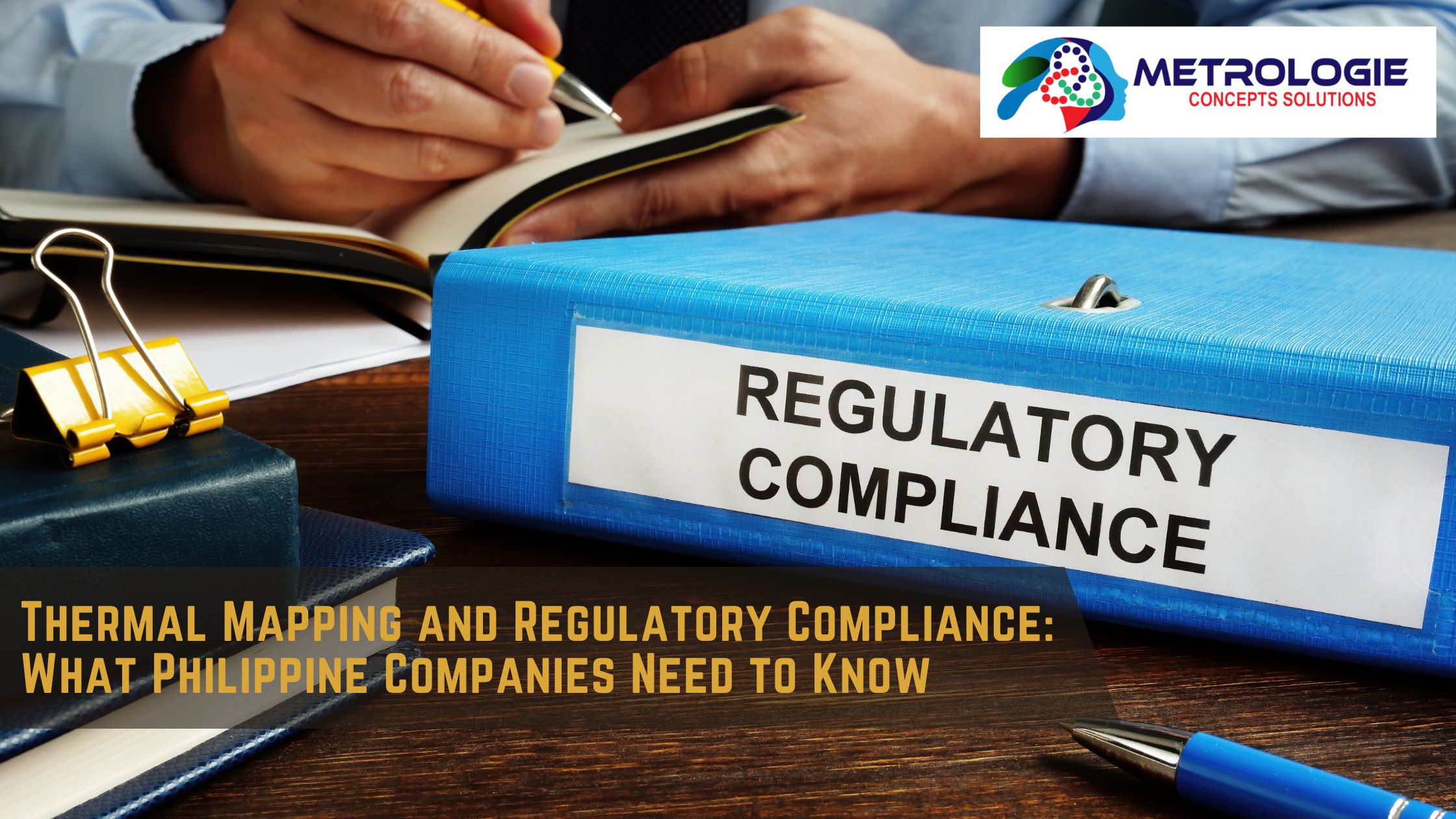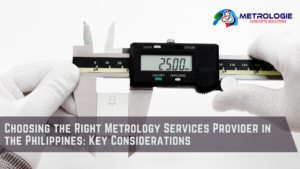In the Philippines, as businesses increasingly adopt thermal mapping technology for various applications, understanding the regulatory landscape becomes paramount. From ensuring safety in industrial settings to optimizing energy efficiency in commercial buildings, thermal mapping plays a crucial role. However, without proper adherence to relevant regulations and industry standards, companies risk non-compliance, potential penalties, and compromised operational integrity. This comprehensive guide aims to shed light on the essential aspects of thermal mapping and regulatory compliance in the Philippines, providing valuable insights for businesses across diverse sectors.
Understanding the Scope of Thermal Mapping in the Philippines:
Thermal mapping, or thermography, is a non-destructive testing method that uses infrared cameras to detect and visualize temperature variations on surfaces. In the Philippines, it finds applications in various industries:
- Manufacturing: Predictive maintenance of machinery, electrical systems, and process equipment.
- Construction: Building inspections, energy efficiency assessments, and detection of moisture intrusion.
- Energy: Power line inspections, substation maintenance, and renewable energy system monitoring.
- Healthcare: Medical diagnostics, patient monitoring, and facility temperature control.
- Food Processing: Quality control, temperature monitoring of storage facilities, and process optimization.
- Electronics: Circuit board inspection, component testing, and thermal management.
Key Regulatory Bodies and Standards:
Several regulatory bodies and standards govern thermal mapping practices in the Philippines:
- Department of Trade and Industry (DTI): The DTI, through the Bureau of Philippine Standards (BPS), sets national standards for products and services, including those related to testing and inspection.
- Department of Energy (DOE): The DOE promotes energy efficiency and conservation, and its regulations may mandate thermal mapping for energy audits and building assessments.
- Occupational Safety and Health Center (OSHC): The OSHC, under the Department of Labor and Employment (DOLE), sets safety standards for workplaces, including those related to electrical safety and equipment maintenance.
- Philippine Electrical Code (PEC): The PEC provides guidelines for the safe installation and maintenance of electrical systems, which may involve thermal mapping inspections.
- Philippine Green Building Council (PHILGBC): The PHILGBC promotes sustainable building practices, and its BERDE (Building for Ecologically Responsive Design Excellence) certification may involve thermal mapping for energy efficiency assessments.
- ISO Standards: International Organization for Standardization (ISO) standards, such as ISO 18436-7 (Thermography), provide guidelines for thermographer certification and best practices.
Specific Regulatory Requirements and Considerations:
Philippine companies must be aware of the following specific regulatory requirements and considerations related to thermal mapping:
- Thermographer Certification:
- While not always explicitly mandated, having certified thermographers demonstrates competence and adherence to industry best practices.
- ISO 18436-7 provides a framework for thermographer certification, and companies should consider employing certified personnel.
- Equipment Calibration and Maintenance:
- Regular calibration of thermal imaging equipment is crucial for ensuring accurate and reliable data.
- Companies should maintain calibration records and follow manufacturer guidelines for equipment maintenance.
- Data Acquisition and Analysis:
- Thermal mapping procedures should be documented and standardized to ensure consistency and repeatability.
- Data analysis and interpretation should be performed by qualified personnel, and reports should be clear and concise.
- Reporting and Documentation:
- Thermal mapping reports should include relevant information, such as equipment details, environmental conditions, and findings.
- Companies should maintain accurate records of all thermal mapping activities for audit purposes.
- Safety Protocols:
- Thermal mapping activities should be conducted in a safe manner, following all relevant safety protocols.
- Personnel should be trained in electrical safety, fall protection, and other relevant safety procedures.
- Energy Efficiency Compliance:
- Companies subject to DOE regulations related to energy efficiency should ensure that their thermal mapping activities comply with the requirements.
- This may involve conducting energy audits and implementing energy-saving measures based on thermal mapping findings.
- Industry-Specific Regulations:
- Companies in specific industries, such as manufacturing, construction, or healthcare, may be subject to additional regulations related to thermal mapping.
- It is essential to stay informed about industry-specific requirements and ensure compliance.
Best Practices for Thermal Mapping Compliance:
To ensure effective thermal mapping compliance, Philippine companies should adopt the following best practices:
- Develop a Thermal Mapping Program: Establish a comprehensive thermal mapping program that includes policies, procedures, and training requirements.
- Conduct Regular Audits: Conduct regular internal audits to assess compliance with regulations and industry standards.
- Maintain Accurate Records: Maintain accurate records of all thermal mapping activities, including equipment calibration, data acquisition, and reporting.
- Provide Ongoing Training: Provide ongoing training to personnel involved in thermal mapping to ensure they stay up-to-date on regulations and best practices.
- Engage with Regulatory Bodies: Maintain open communication with regulatory bodies and seek guidance on compliance requirements.
- Utilize Certified Professionals: Employ certified thermographers and utilize accredited testing laboratories.
- Implement Quality Control: Implement quality control measures to ensure that all thermal mapping data is accurate and reliable.
- Stay Informed: Stay informed about changes in regulations and industry standards that may affect thermal mapping activities.
Benefits of Thermal Mapping Compliance:
Adhering to thermal mapping regulations and best practices offers numerous benefits:
- Reduced Risk of Non-Compliance: Minimizes the risk of penalties and legal issues.
- Improved Safety: Enhances workplace safety by identifying potential hazards.
- Increased Efficiency: Optimizes operational efficiency through predictive maintenance and energy conservation.
- Enhanced Reputation: Builds trust and credibility with customers and stakeholders.
- Cost Savings: Reduces maintenance costs and energy consumption.
Conclusion:
Thermal mapping is a valuable tool for Philippine companies, but it’s crucial to understand and comply with relevant regulations and industry standards. By adopting best practices and staying informed about regulatory requirements, businesses can ensure that their thermal mapping activities are conducted safely, effectively, and in compliance with the law. Proactive compliance not only mitigates risks but also enhances operational efficiency and contributes to a safer and more sustainable business environment in the Philippines.



